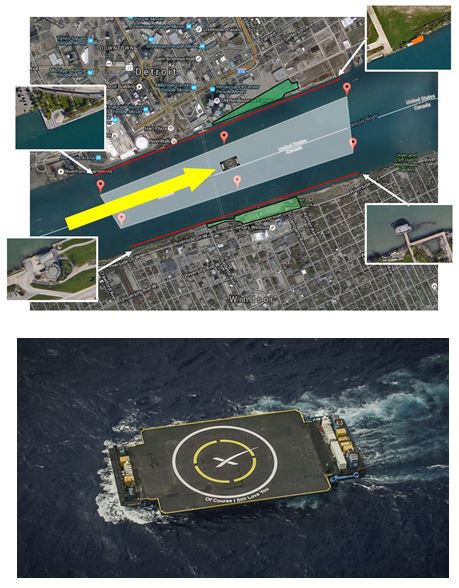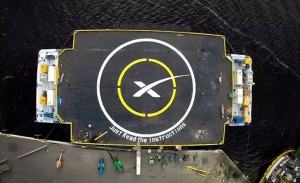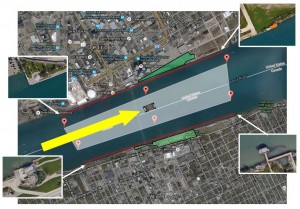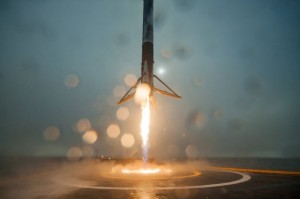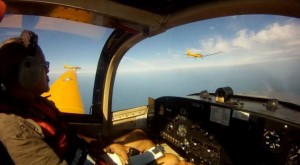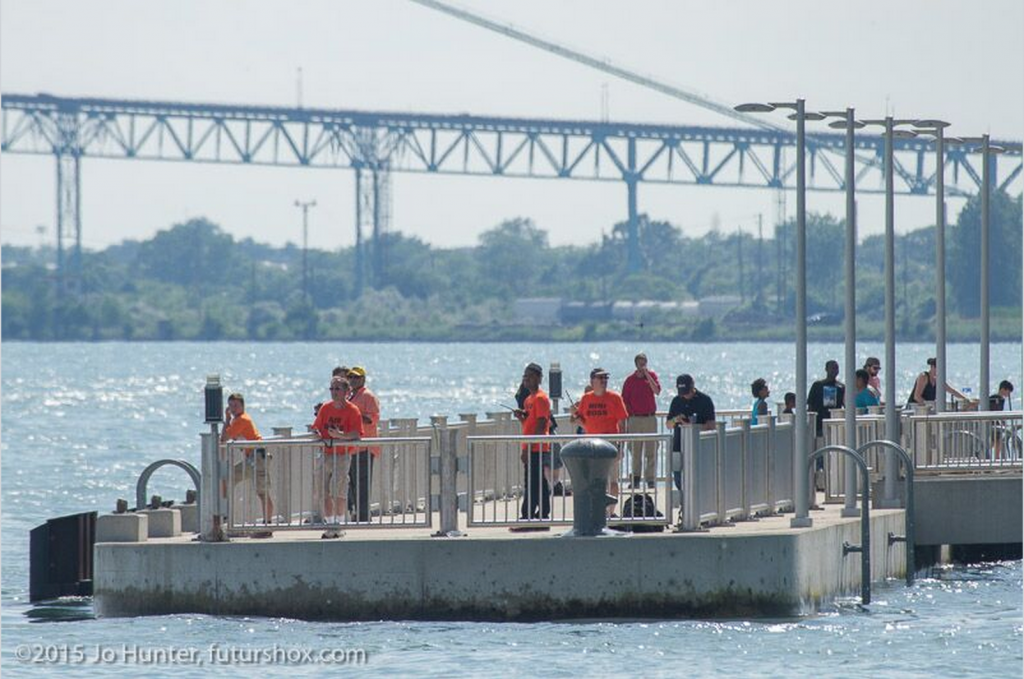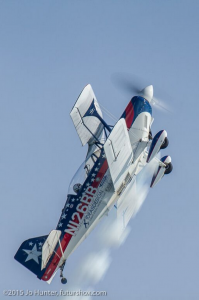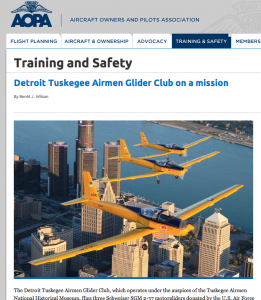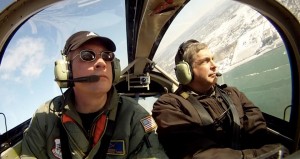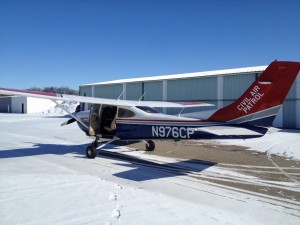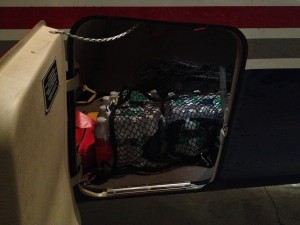Jack Hodgson takes the bully mic for this episode to talk about the 2016 Tuskegee Airmen Detroit River Days Airshow.
Jack and I recorded this episode June 12 or 13 and we intended to record at least one more between then and when the airshow happened June 24-26. But things happened. Jack had work things to do and took a couple of days to get me his end of the audio. By that time, I was heading to Mattoon, Illinois to be deputy commander for glider operations at CAP’s Johnson Flight Academy (at which my son, FOD, soloed at age 14 by the way – Way to go, FOD!). The day after my obligations at the academy ended, I had to be back in Detroit for performer arrivals for the show and then performances began the day after that. Long story short, notwithstanding what you hear us say in the episode, this is the only episode that we recorded prior to the show.
I’m recording this in early August 2016. I won’t keep you in suspense. The show went off without a hitch other than the usual complications and all of the aircraft and performers are reusable. But there’s good stuff to talk about, mainly those complications, which range from international border crossings to an incoming storm to wind conditions to a late-breaking FAA requirement that had me calling off the show twice in a day and then trying to save it by desperately soliciting boaters. Find out all the details about how Project Spicoli resulted in yet another great hometown airshow in Detroit by listening to the follow-up episode. Jack and I will likely record the episode this month and I’ll have it in the feed as soon after that as I can.
